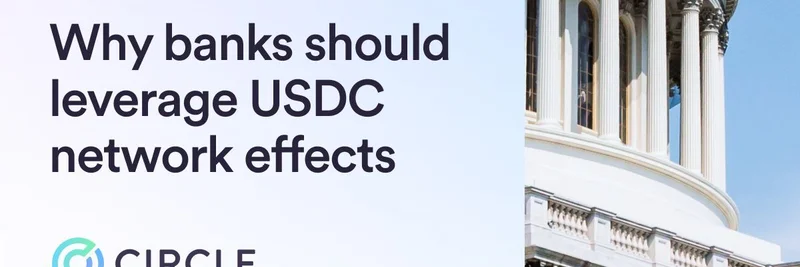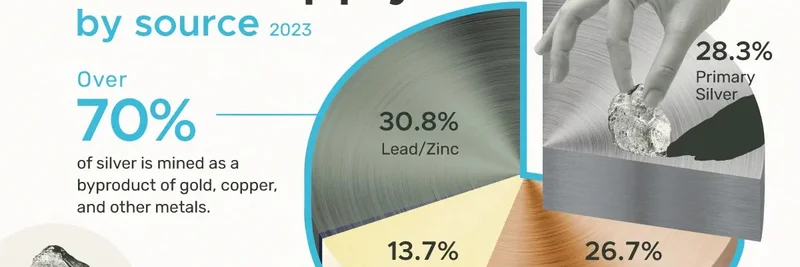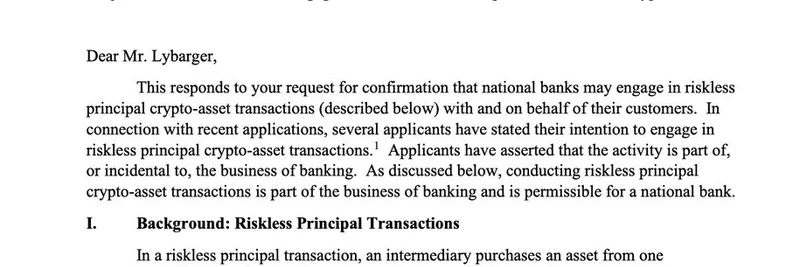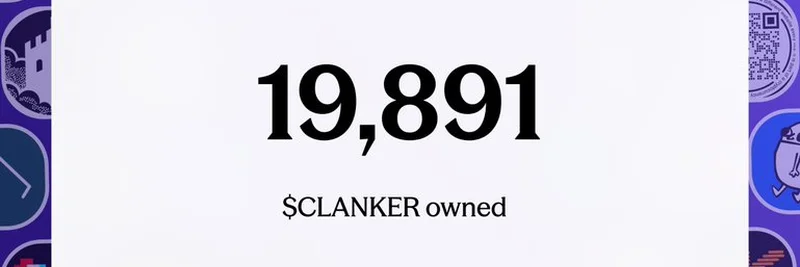In a recent tweet from Circle, the company behind the popular stablecoin USDC, they highlighted a key decision facing banks in the evolving world of digital assets: build your own stablecoin or partner with an established player like USDC. This comes at a time when regulations are shaping up to make stablecoins a staple in global finance.
The tweet points to their blog post, Exploring stablecoins: why banks should leverage network effects, not compete with them, where they dive deeper into this idea. Let's break it down in simple terms, especially for those in the blockchain space who might be wondering how this ties into meme tokens and broader crypto trends.
Understanding the GENIUS Act
First off, what's the GENIUS Act? It's a proposed piece of legislation in the US aimed at creating a clear regulatory framework for stablecoins. Stablecoins are cryptocurrencies pegged to stable assets like the US dollar, making them less volatile and ideal for payments and trading. The Act would require issuers to operate as standalone entities, ban them from paying interest or lending out reserves, and apply rules equally to banks and non-banks. This setup keeps stablecoins off banks' balance sheets, meaning they don't compete directly with traditional deposits.
The goal? To position stablecoins as reliable infrastructure for the financial system, much like how the internet became a backbone for communication. For banks, this means they can safely integrate stablecoins without worrying about regulatory pitfalls.
The Build vs. Partner Dilemma
Circle argues that banks shouldn't reinvent the wheel by creating their own proprietary stablecoins. Building one from scratch involves jumping through regulatory hoops, building liquidity, and achieving widespread adoption—all while setting up a separate subsidiary. Even white-labeled stablecoins (where a third party handles issuance but brands it for the bank) often fall short because they're stuck in closed systems, lacking the broad reach needed for real impact.
Instead, partnering with USDC offers instant access to a massive network. USDC is already the world's largest regulated stablecoin, with deep liquidity and global reach. It's like plugging into an existing highway rather than building a new road that might lead nowhere.
Benefits for Banks and the Blockchain Ecosystem
By teaming up with Circle and USDC, banks can:
より高速な決済を可能にする: 24時間365日のグローバルな決済レールにアクセスでき、国際取引を扱う企業にとっては大きな変化をもたらします。
トークン化資産への接続: USDCはトークン化された不動産や証券などへの橋渡しとして機能し、新たな収益源の道を開きます。
財務管理の改善: 流動性やオペレーションの効率化のためにUSDCを活用できます。
暗号コミュニティ、特にmeme tokensに関わる人々にとって重要なのは、USDCがDeFiプラットフォームで広く使われる主要なステーブルコインである点です。銀行の統合が進めば、法定通貨から暗号へのオンランプが簡素化され、流動性や採用が増える可能性があります。USDCとお気に入りのmemeコインとの間で、従来の煩雑さなしにスムーズにスワップできる未来を想像してみてください。
Why Network Effects Win
Network effects are when a product gets more valuable as more people use it—think Facebook or Uber. USDC's ecosystem is already buzzing with users, developers, and integrations across blockchains like Ethereum, Solana, and more. Banks jumping in can tap this immediately, avoiding the "cold start" problem where a new stablecoin struggles to gain traction.
Circle handles the heavy lifting: issuance, compliance, and operations. This lets banks focus on what they do best—innovating products for customers. In a world where fintechs and neobanks are quick to adopt crypto, traditional banks risk getting left behind if they don't act fast.
Wrapping It Up
Circle's message is clear: The GENIUS Act paves the way for collaboration, not competition. By leveraging USDC's network effects, banks can stay competitive, compliant, and connected to the future of finance. For blockchain practitioners and meme token enthusiasts, this could mean more stable, regulated pathways into the ecosystem, making it easier to build and trade.
If you're diving into meme tokens, keep an eye on how stablecoins like USDC evolve—they're the quiet giants supporting the wild rides in crypto. Check out the full blog for more details, and follow Circle on X for updates.




